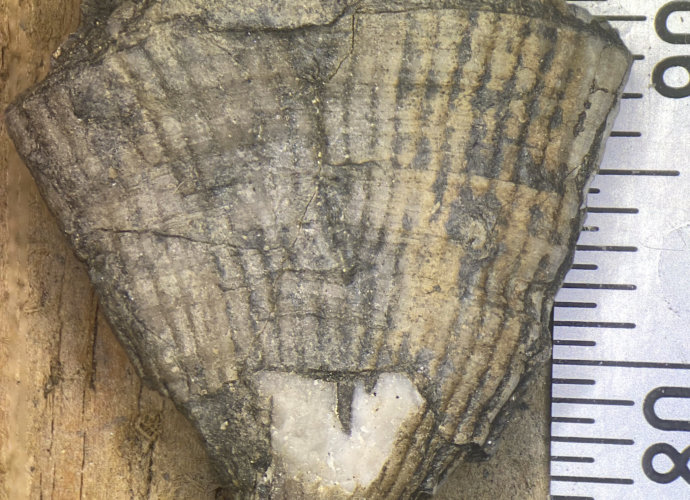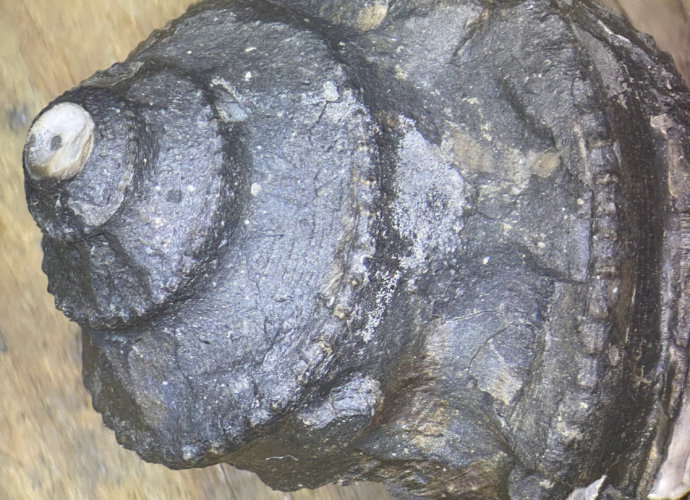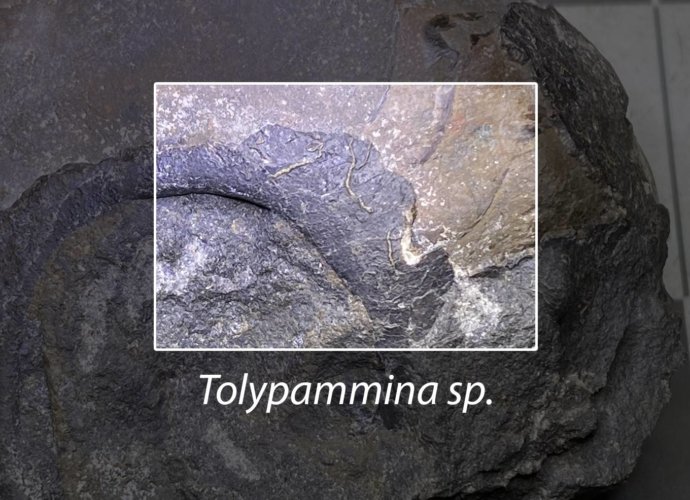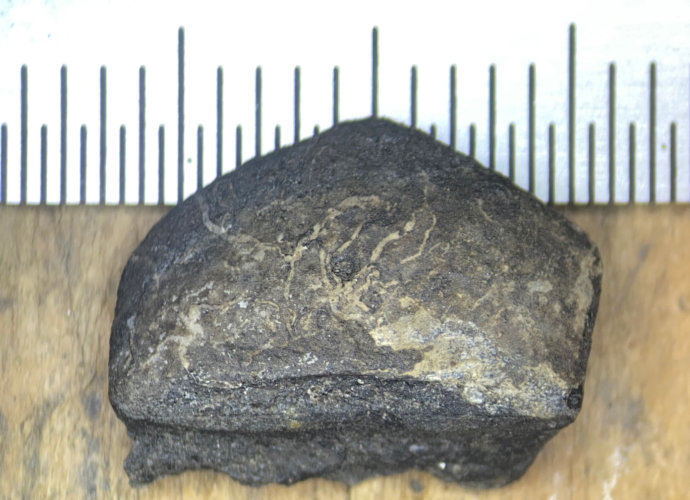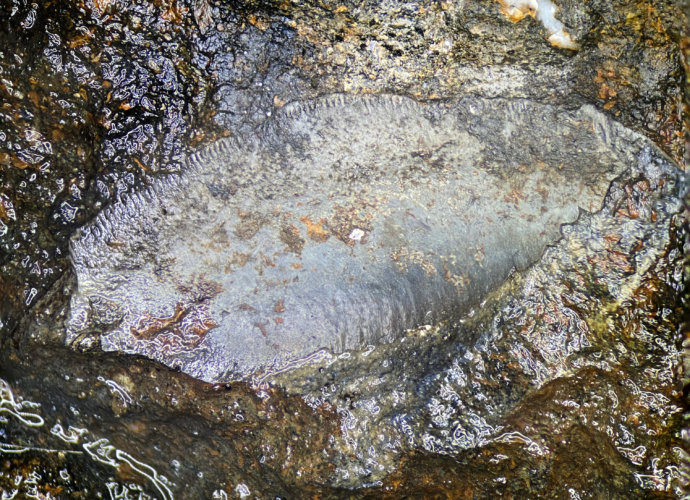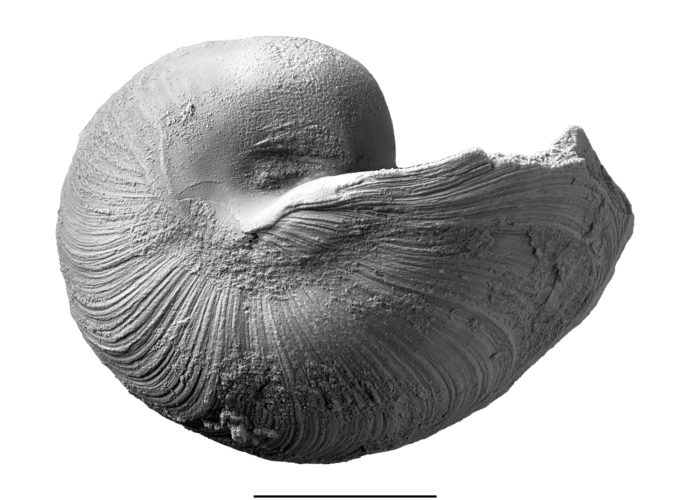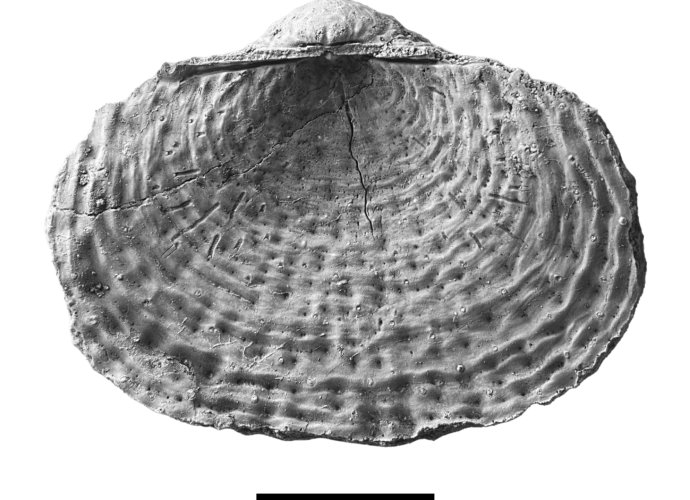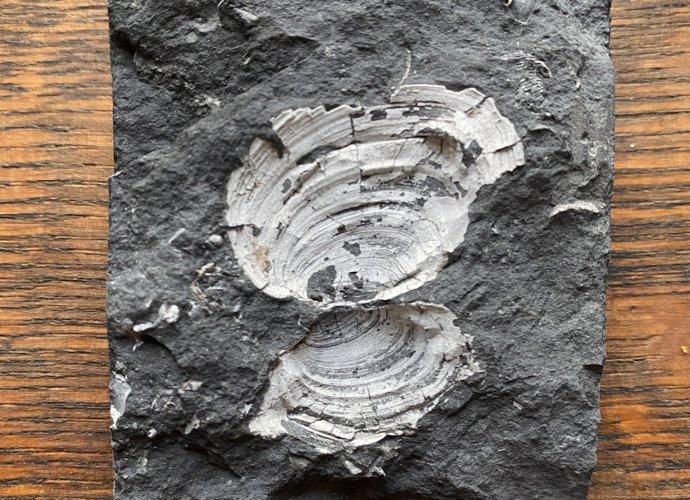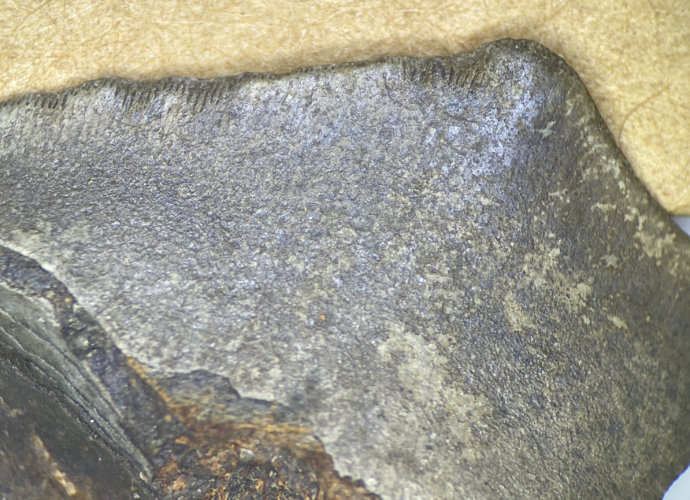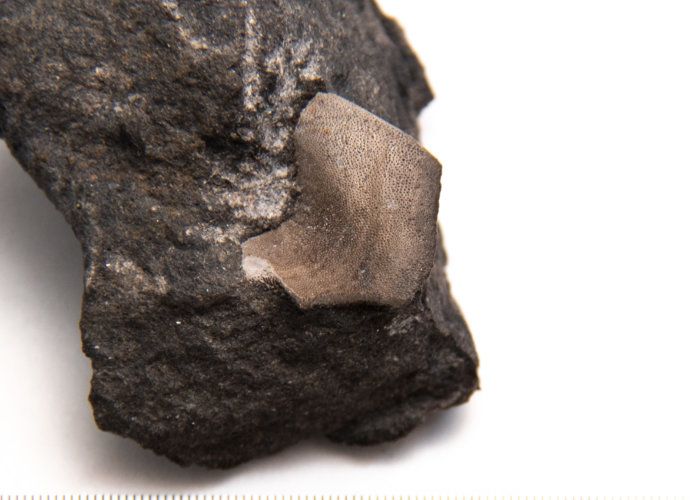Rugose Corals from the Pine Creek Limestone
Lophophyllidium and Stereostylus are the two known genera of Rugose Corals in the Glenshaw Formation. Locally in the Brush Creek limestone, they are common to find. Unfortunately, they are hard to recover from the hard limestone and don’t come out in one piece. The Pine Creek limestone locality, however, isRead More →

